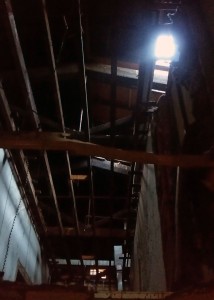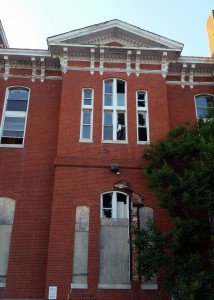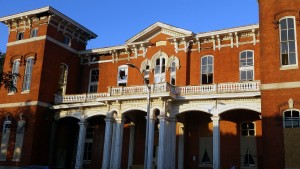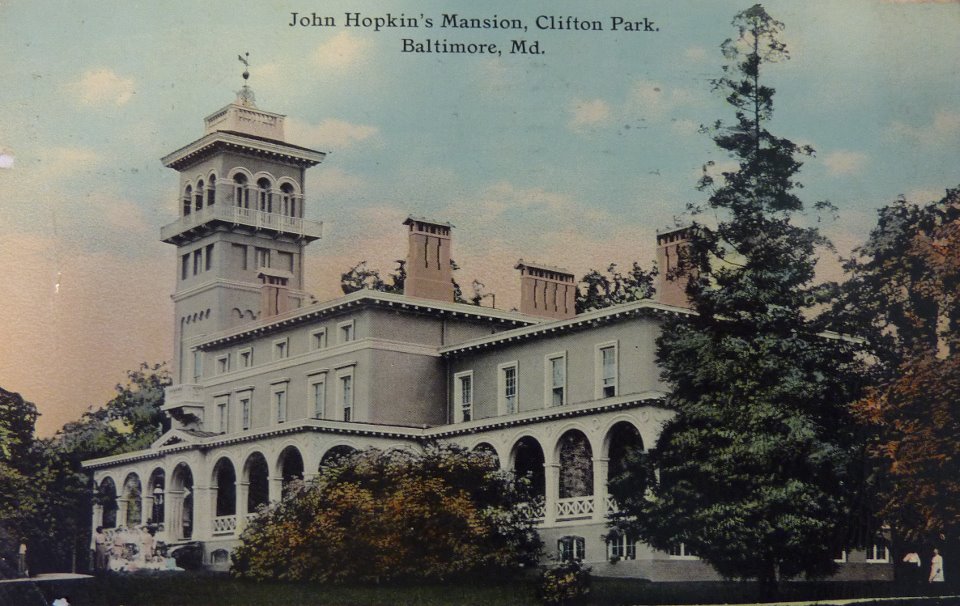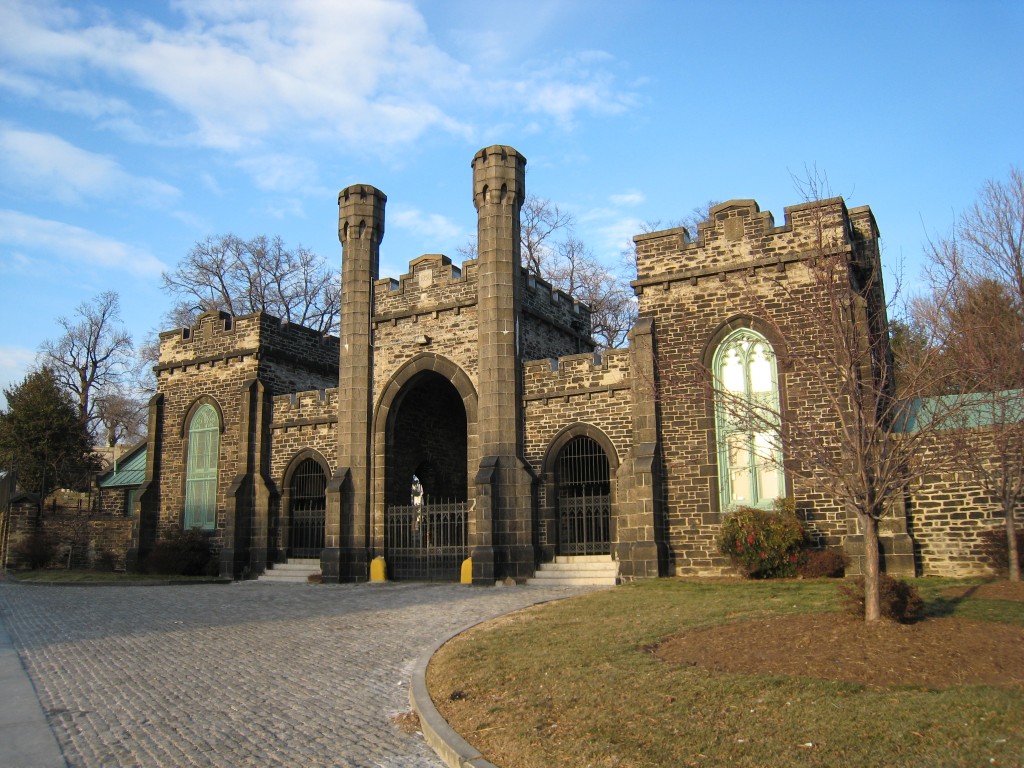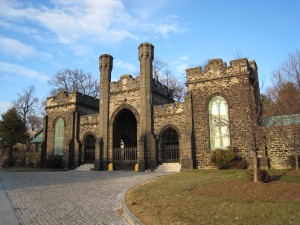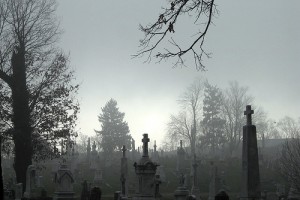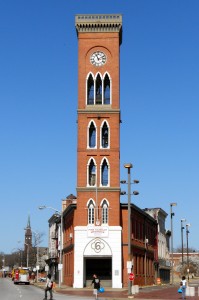On July 11, the Eastern Female High School on Aisquith Street caught fire—just the latest challenge for this 1869 school-house turned apartment building that has stood empty and since it closed in 2001. We visited the building the day after the fire and found the structure largely intact but completely unsecured after the fire department had to break through the boarded up windows to put out the fire. We contacted Michael Braverman, Deputy Commissioner of Code Enforcement for the Baltimore City Housing Department and he quickly arranged to secure the building. Unfortunately, the fire also left a hole in the roof that could make the damage to the interior even worse if it is not soon replaced or repaired.
Adding to the uncertainty is the situation of Sojourner-Douglass College, which purchased the building from Baltimore City in 2004. The college developed plans to convert the building into a science and allied health educational facility and presented their proposal to the Baltimore City Commission for Historical and Architectural Preservation in February of last year. But progress was slow, and stopped in the face of the school’s financial troubles. Recently, the college lost accreditation, and although Sojourner-Douglass is contesting the decision in court, it seems unlikely that the school will have the resources to pursue redevelopment of the Eastern Female High School in the near future.
We urge the leadership of the college to preserve the Eastern Female High School—stabilize the structure or find new ownership with the resources to turn this unique historic building back into an asset for East Baltimore.



